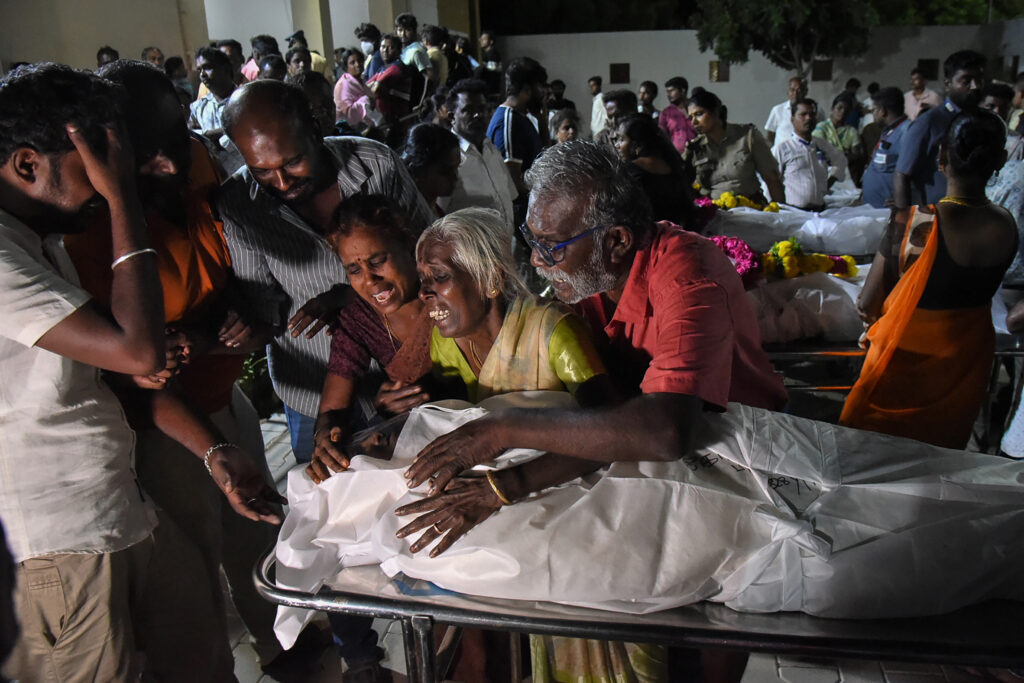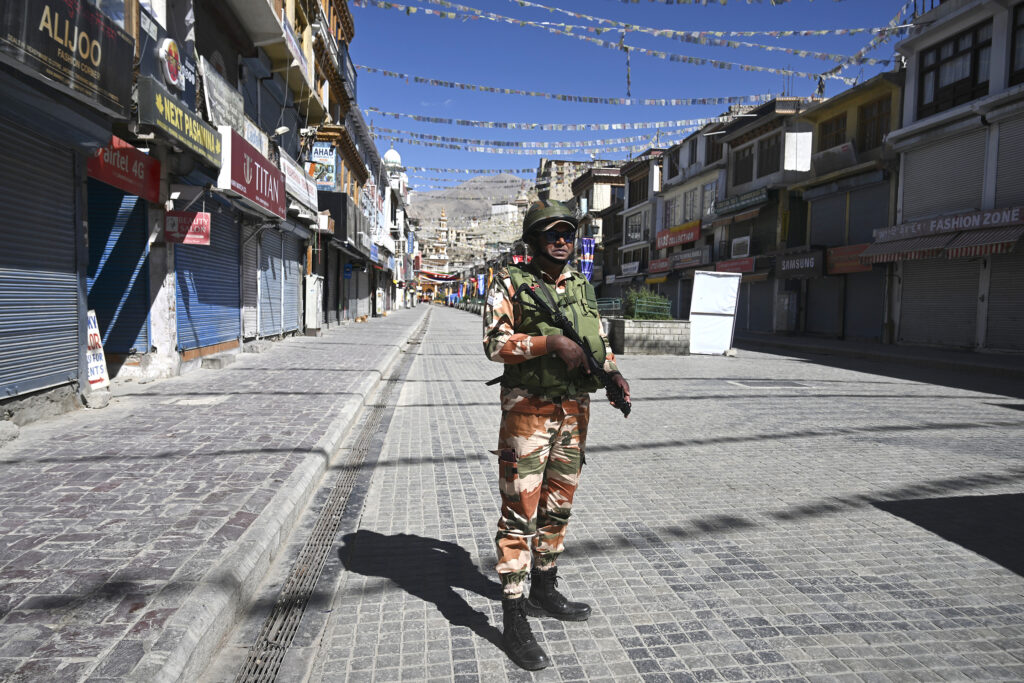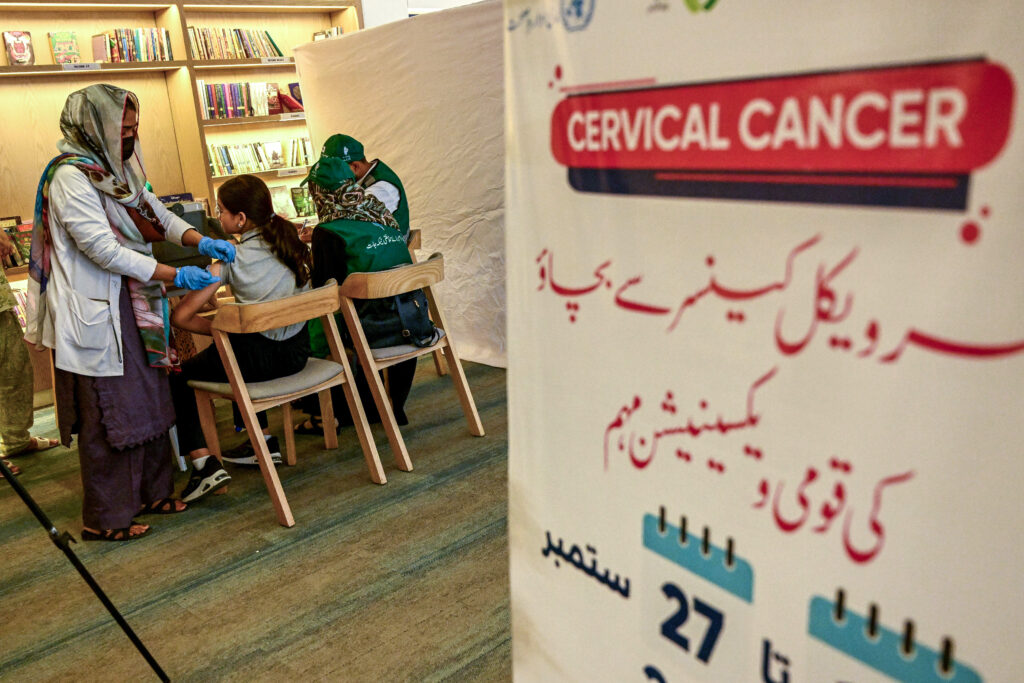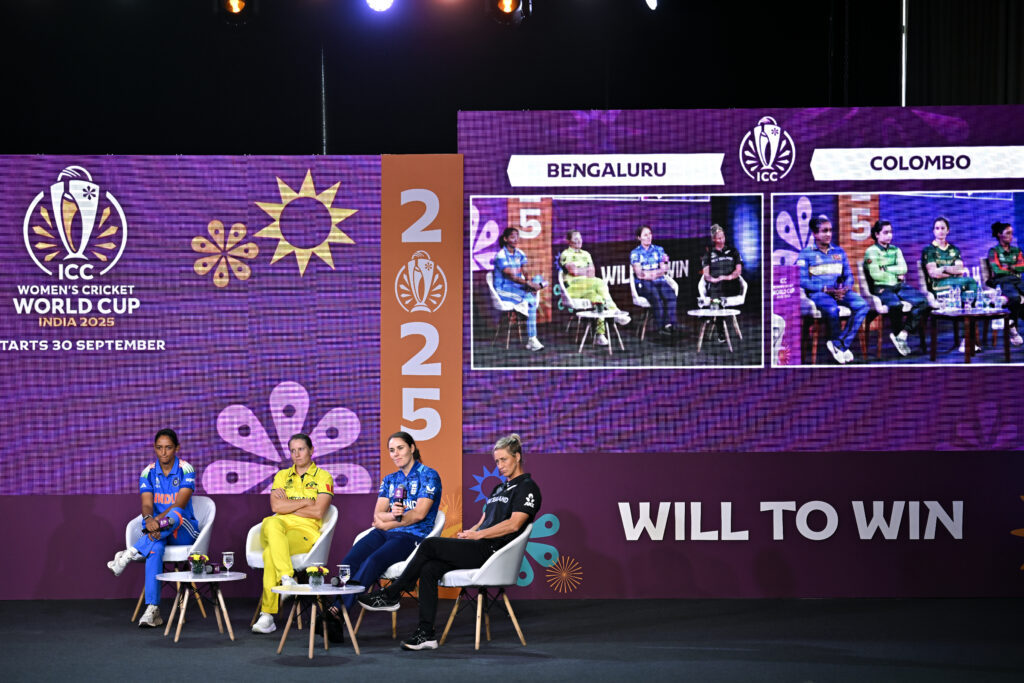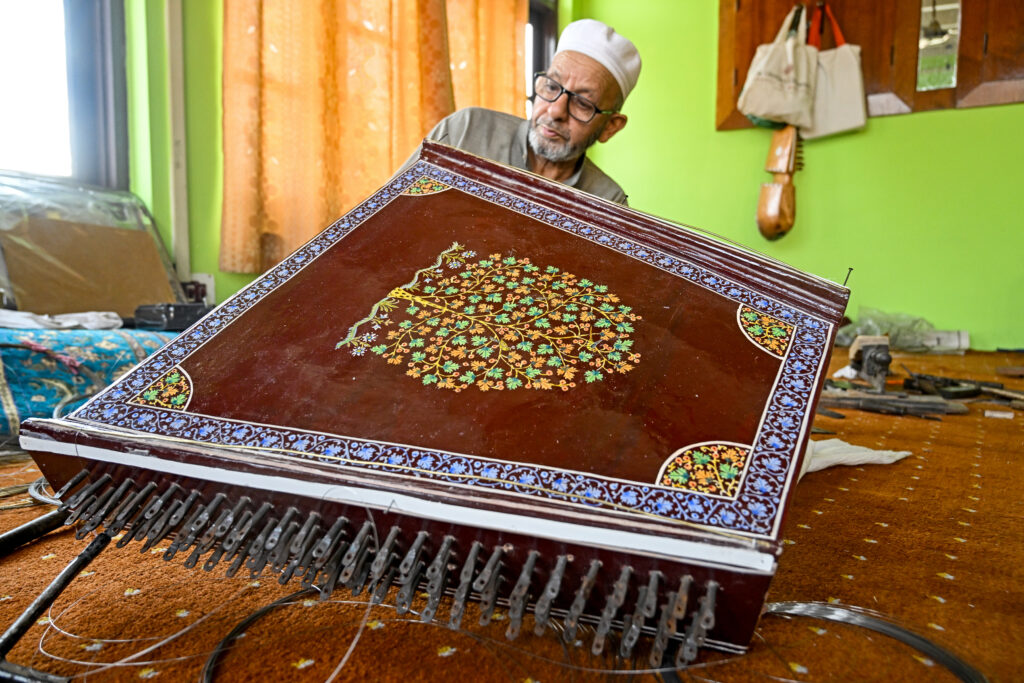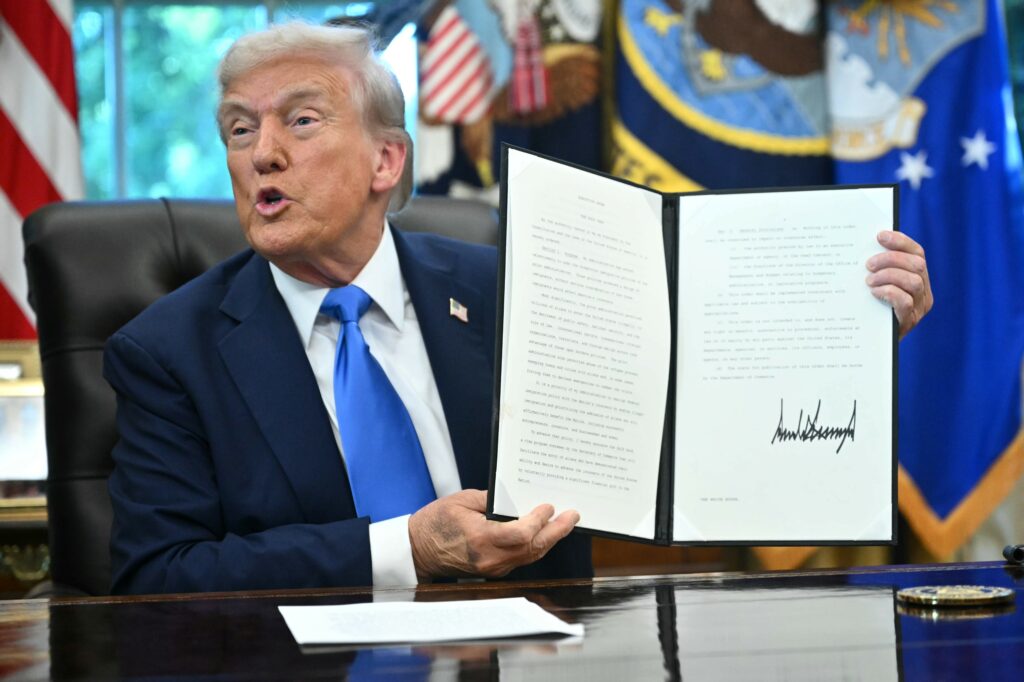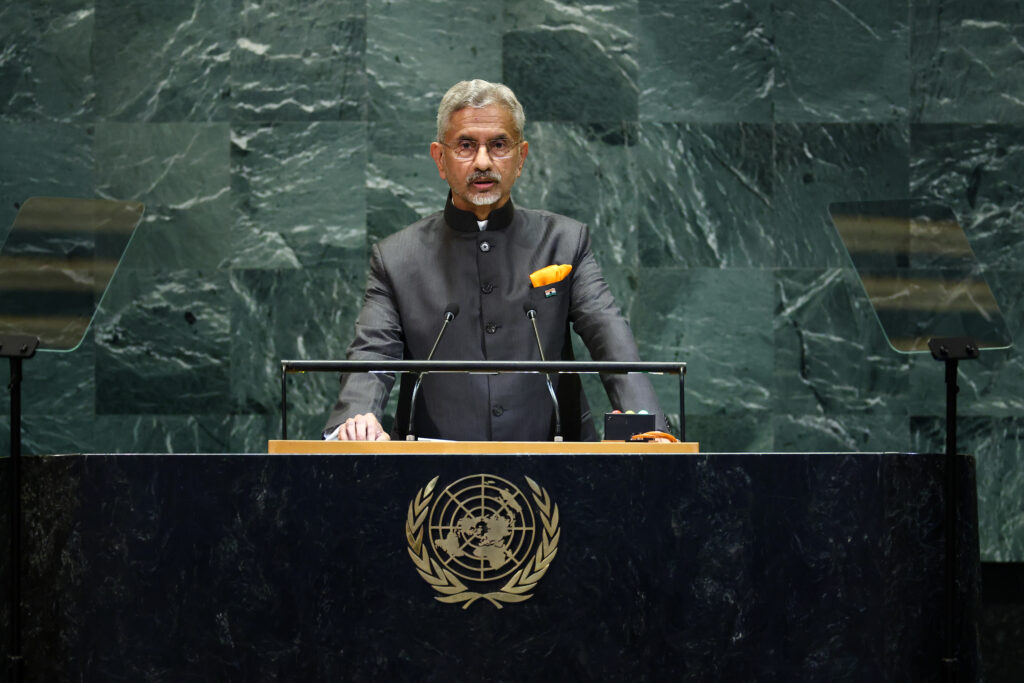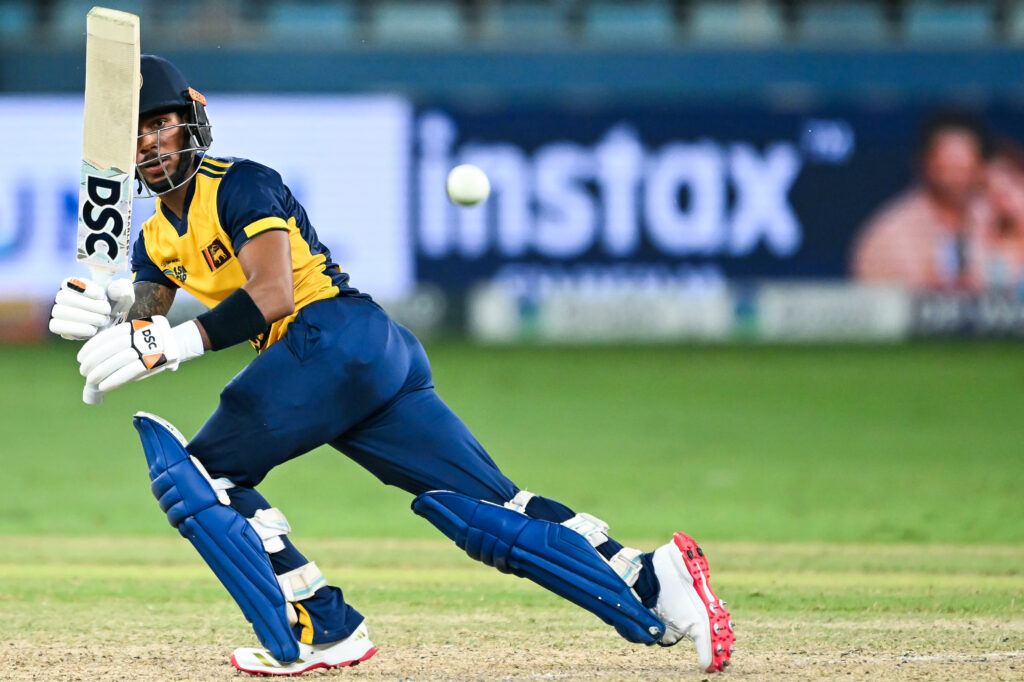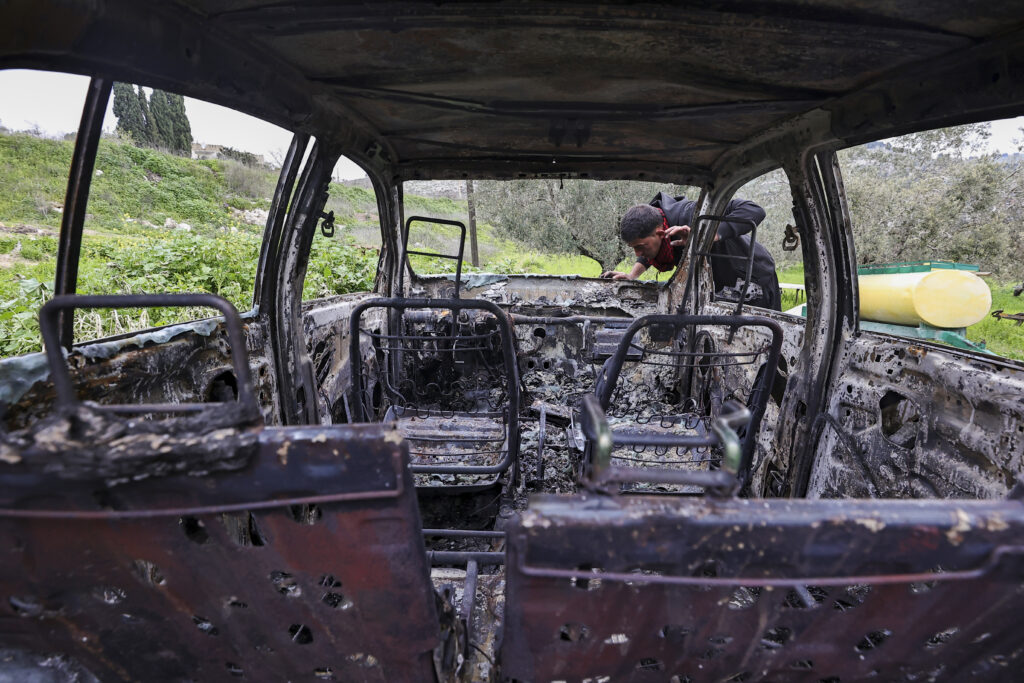Massive crowd, chaos preceded deadly India rally stampede
A stampede that killed dozens at a south India political rally happened after a crowd of thousands waited hours in baking heat without sufficient safeguards, officials and witnesses said Sunday.Some 27,000 people thronged a public road in Tamil Nadu state in hopes of seeing popular actor-turned-politician Vijay on Saturday, but panic broke out and 39 were killed, authorities said.Witnesses cited hours of delays, insufficient police presence and people falling from a tree branch onto the audience as contributing to the tragedy.Deadly crowd incidents happen repeatedly during mass gatherings in India, often blamed on lax safety measures. Vijay, known by one name, was addressing the rally when the crowds surged suddenly, forcing him to halt his speech in Karur district. Videos on social media showed him tossing water bottles to supporters shortly before the panic broke out.”My heart is shattered at this tragedy,” the 51-year-old star said in a statement. State Chief Minister M.K. Stalin told reporters on Sunday that 39 people had died, raising an earlier toll of 36.Nine children were among the dead, he added, announcing a judicial enquiry into the disaster.State police chief G. Venkataraman said crowds had been waiting for hours under hot sun without sufficient food and water after the public was informed that Vijay would arrive at the venue by noon.”The crowds started coming in from 11 am. He came at 7:40 pm. The people lacked sufficient food and water under the hot sun,” he told reporters.He added 10,000 people were expected but some 27,000 turned up.Vijay launched his own party in 2024 and has drawn huge crowds at campaign events ahead of state elections due next year.”I was pushed down by the crowd all of a sudden. There was absolutely no space to move,” B. Kanishka, a survivor, told the Hindu newspaper. “I subsequently fainted.” Others said poor organisation and an hours-long wait left people restless before the situation spiralled dangerously out of control.Karthick, a survivor, told the publication that the situation could have been prevented “if people were not forced to wait for hours together”.”Poor planning and execution of the programme and lack of police personnel at the spot were also the reason,” he said.The Indian Express newspaper said panic spread after supporters who had climbed onto a tree branch fell onto the crowd below.In January, 30 people were killed in a crush at a major religious fair, and last year 121 died during a Hindu prayer meeting in Uttar Pradesh.In July last year, 121 people were killed in northern Uttar Pradesh state during a Hindu religious gathering.
